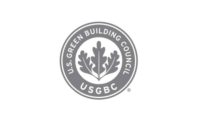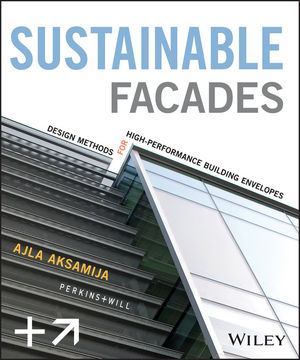With all eyes on the 2014 FIFA World Cup in Brazil, the U.S. Green Building Council (USGBC) is proud of the fact that six World Cup stadiums have achieved LEED certification, including South America’s largest stadium, Maracanã in Rio de Janeiro.
Originally built and used for the 1950 FIFA World Cup, the LEED Silver Maracanã stadium is once again reprising its role by playing host for the final game of the 2014 World Cup. Maracanã will also serve as a major sporting venue for the Rio 2016 Olympic Games, hosting both the opening and closing ceremonies as well as major sporting events.
The other LEED-certified stadiums for the 2014 FIFA World Cup include Castelao Arena in Fortaleza (LEED Certified), Arena Fonte Nova in Salvador (LEED Silver), Mineirão in Belo Horizonte (LEED Silver), Arena da Amazônia in Manaus (LEED Silver) and Arena Multiuso in Salvador (LEED Silver).
“Even as the world's top teams take the field, the venues themselves are also in the spotlight, demonstrating not only the worldwide applicability and adaptability of the LEED green building rating system, but also Brazil’s leadership position at the forefront of the movement to high-performing green buildings,” said Rick Fedrizzi, president, CEO and founding chair, USGBC. “FIFA and the government of Brazil have shown great leadership and commitment to mitigating the environmental impact of these World Cup facilities and for making them a showcase of sustainable construction for the international community.”
Felipe Faria, managing director of Green Building Council Brasil, noted that the Brazilian construction firm responsible for the certification of Maracanã, Odebrecht, pushed the boundaries of sustainable innovation, including features such as photovoltaic panels on the roof, rainwater reservoirs and selective collection for waste.
“Just over 60 years from its completion for the 1950 World Cup, Maracanã is once again making history,” said Faria. “Indeed, the entire country of Brazil is making history with these LEED stadiums. We are grateful for the leadership demonstrated by the professionals in the marketplace and applaud their achievements. The many green elements incorporated into these stadiums will reduce the environmental impact of the games on Brazil, from improved transit access to lower water and energy consumption.”
Each stadium incorporated multiple sustainable features that contributed to its LEED certification. For example, Castelao Arena features a 67.6 percent reduction in drinkable water consumption and a 12.7 percent reduction in annual energy consumption, while 97 percent of the project waste was diverted from the landfill. Arena Fonte Nova, meanwhile, used 20 percent of its building materials made from recycled content, diverted 75 percent of the project’s construction waste from the landfill and purchased 35 percent of its power from renewable sources like solar and wind.
Brazil is among the top five countries worldwide with LEED-certified projects, encompassing nearly 3 million gross square meters (GSM) of LEED-certified space.
To date, project teams in more than 150 countries and territories have implemented LEED in their building projects, taking advantage of LEED’s framework to create structures that mitigate greenhouse gas emissions, provide healthier indoor environments for the people in the buildings and lower utility bills for building owners through reduced energy and water use.







Report Abusive Comment